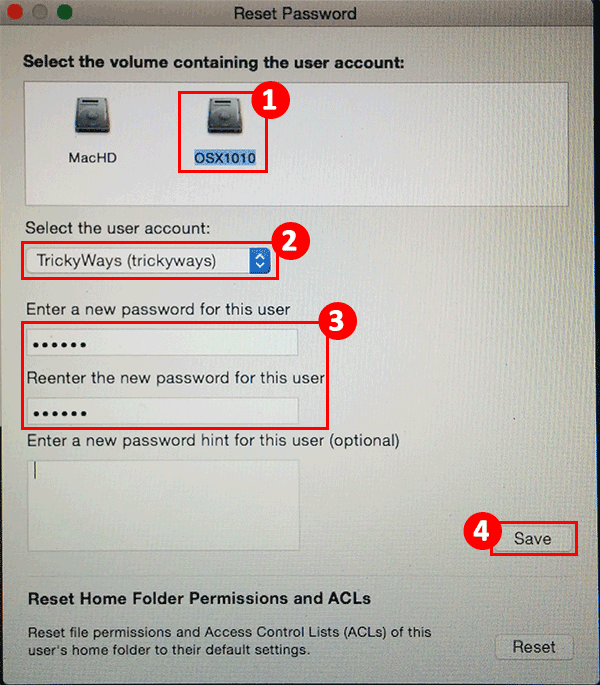
- MAC RESTART IN RECOVERY MODE MAC OS X
- MAC RESTART IN RECOVERY MODE UPGRADE
- MAC RESTART IN RECOVERY MODE SOFTWARE
- MAC RESTART IN RECOVERY MODE MAC
MAC RESTART IN RECOVERY MODE MAC
Now, let’s boot your Mac in recovery mode. bring back the files that you’ve saved in a Time Machine backup.Īdditionally, macOS Recovery mode can help set security options for an Intel-based Mac, while on an M1 Mac you can transfer files between two Macs, set security policy for disks on your device, as well as load your Mac in safe mode.Among other uses, you may employ this handy recovery assistant on Mac to help you: There are a number of uses for macOS Recovery tool. For example, if your Mac has a T2 security chip and you want to use macOS from an external drive, then your only option is to boot into Recovery Mac mode. MacBook Recovery mode also makes using your Mac more secure.
MAC RESTART IN RECOVERY MODE MAC OS X
First introduced in 2011 with the release of Mac OS X Lion, the ability to boot Mac in Recovery mode greatly simplified macOS reinstallation while giving users more control.
MAC RESTART IN RECOVERY MODE SOFTWARE
The tool is helpful for a number of situations and may help you solve some of the issues you might face without having to take your computer to service.Īpple Recovery mode is a default set of tools in your macOS created to offer you safe Mac boot options to recover your Mac from software issues. If you just had your Mac logic board replaced during a repair, macOS Recovery might offer only the latest macOS that is compatible with your Mac.Recovery mode on Mac is officially called macOS Recovery.If your Mac has the Apple T2 Security Chip and you never installed a macOS update, Option-Command-R installs the latest macOS that was installed on your Mac.
MAC RESTART IN RECOVERY MODE UPGRADE
You can upgrade to a later version afterward.

If you erased your entire disk instead of just the startup volume on that disk, macOS Recovery might offer only the macOS that came with your Mac, or the closest version still available.And Shift-Option-Command-R isn't available.


The version of macOS offered by macOS Recovery might differ in certain circumstances: During installation, your Mac might restart and show a progress bar several times, and the screen might be empty for minutes at a time. Please allow installation to complete without putting your Mac to sleep or closing its lid. You will be asked to choose a disk on which to install. Then click Continue and follow the onscreen instructions.


 0 kommentar(er)
0 kommentar(er)
